1. Know Your Equipment: Get acquainted with your camera’s features to use it efficiently and capture the best photos in different situations.

1. Know Your Equipment: Get acquainted with your camera’s features to use it efficiently and capture the best photos in different situations.

2. Use the Rule of Thirds: Imagine your frame divided into nine equal parts and place key elements along these lines or at their intersections for balanced compositions.
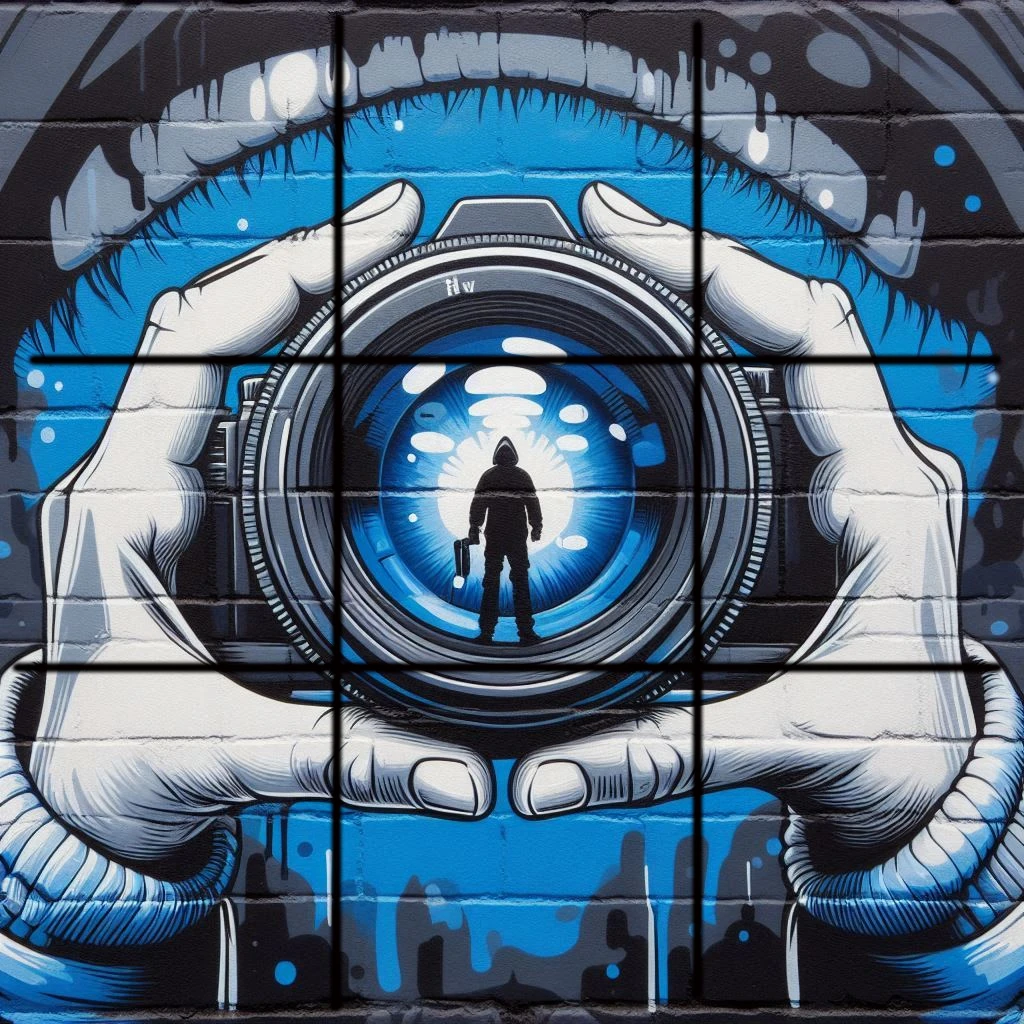
3. Keep Your Horizons Level: Imagine your frame divided into nine equal parts and place key elements along these lines or at their intersections for balanced compositions.

4. Use Natural Light: Natural lighting often produces more appealing and softer effects compared to artificial light sources.
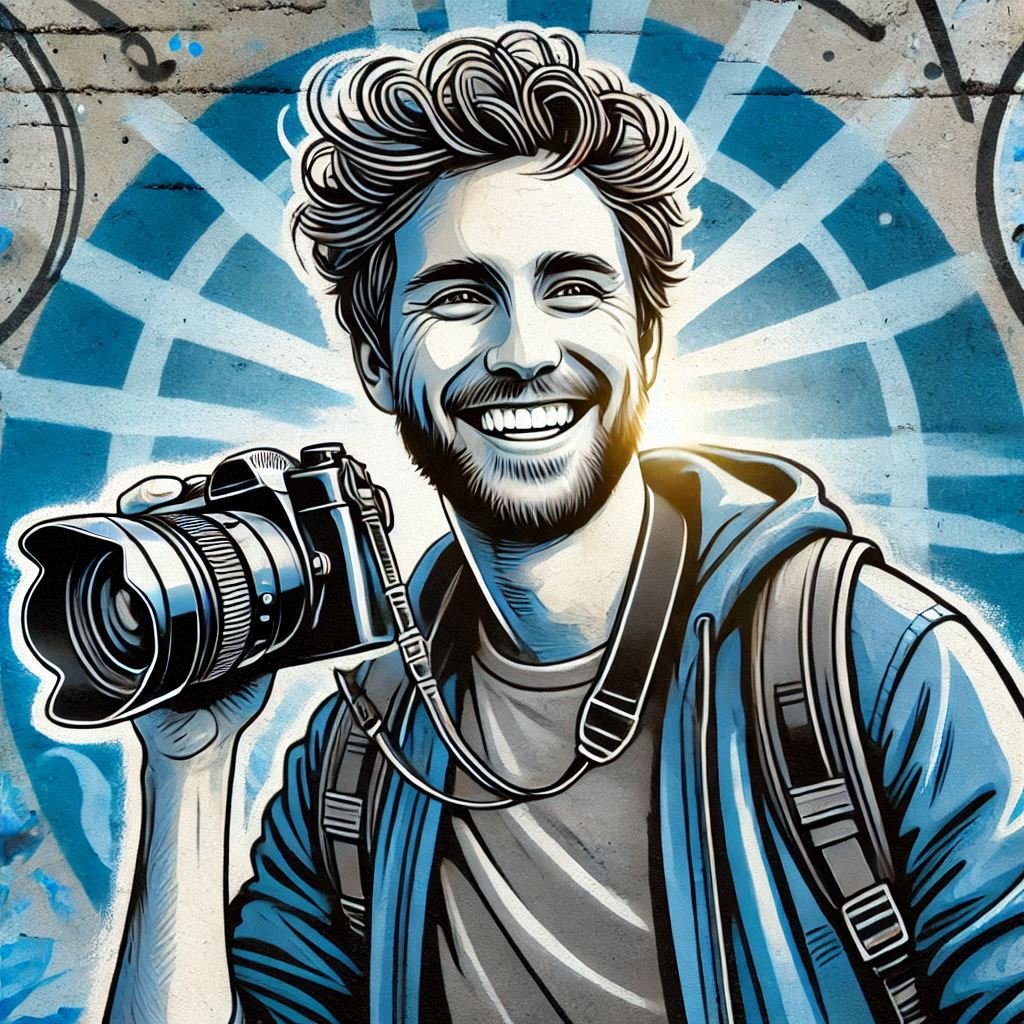
5. Experiment with Angles: Altering your viewpoint can lead to more captivating and dynamic images by showcasing your subject from unique perspectives.

6. Focus on the Eyes: Sharp eye focus in portraits brings life to the image, creating a deeper connection with the viewer.

7. Use a Tripod: Stabilizing your camera with a tripod helps eliminate camera shake, especially in low-light situations, resulting in clear images. This is especially important if you want to reduce the shutter speed or increase the aperture. The alternative is to place your camera on a solid and stable object or ground.
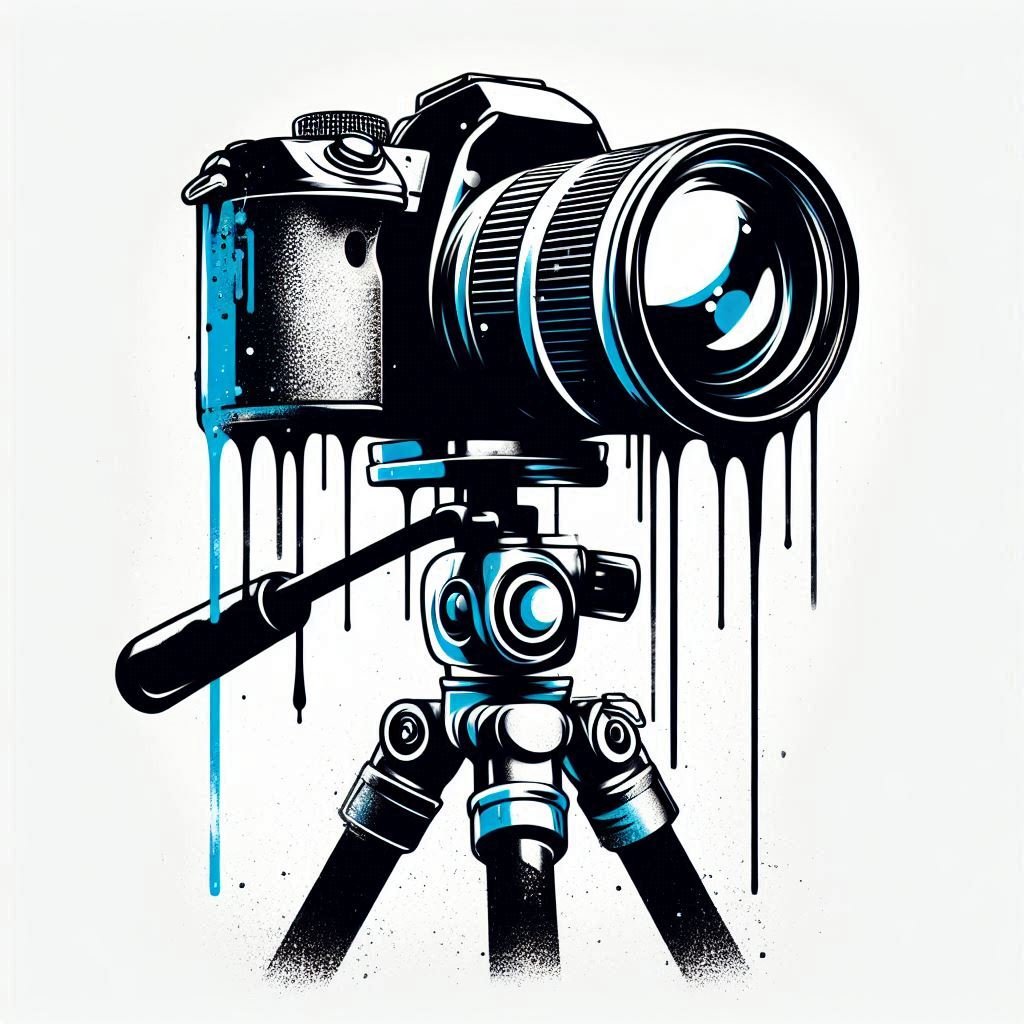
8. Learn the Exposure Triangle: Understanding ISO, aperture, and shutter speed allows for better control over exposure and creative effects.
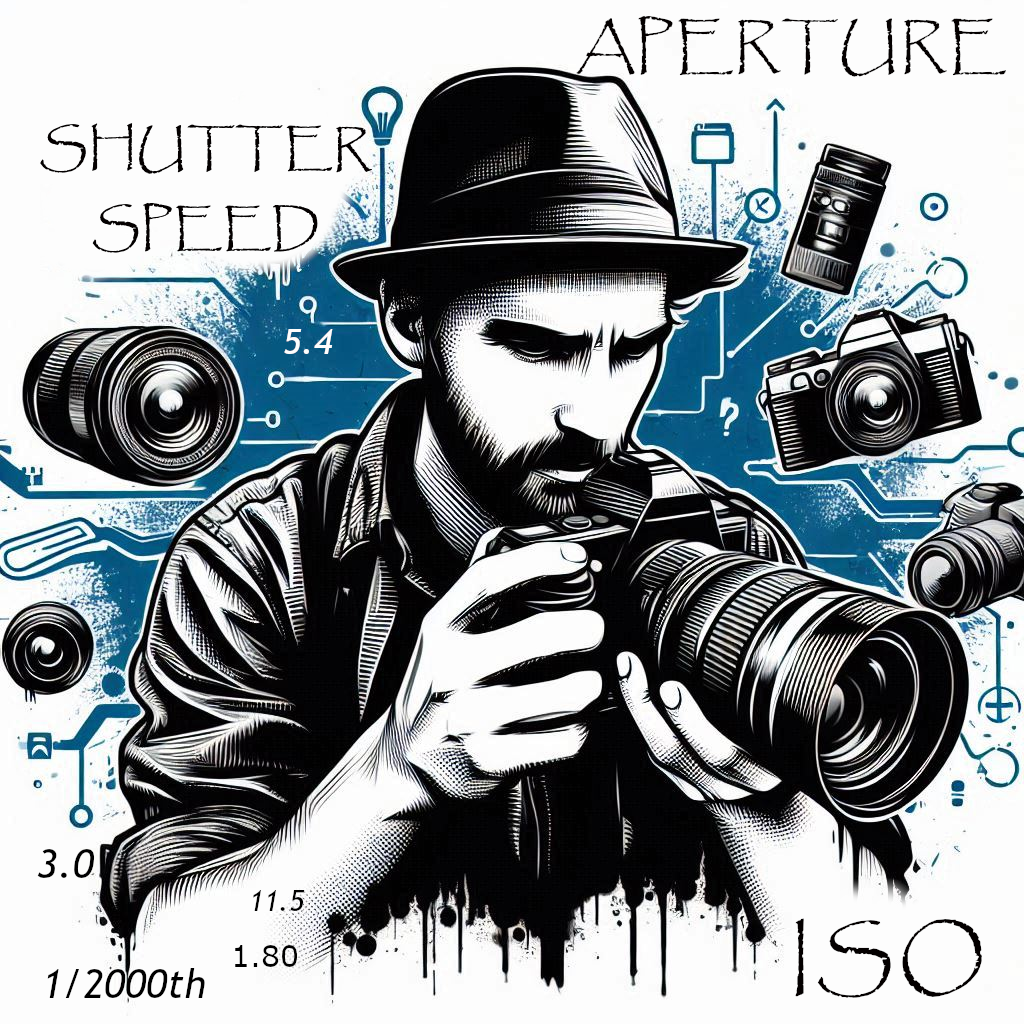
9. Shoot in RAW: RAW files store more image data, providing greater flexibility in post-processing and improving final image quality. If you camera does not have the RAW option, then use the highest quality JPEG setting.
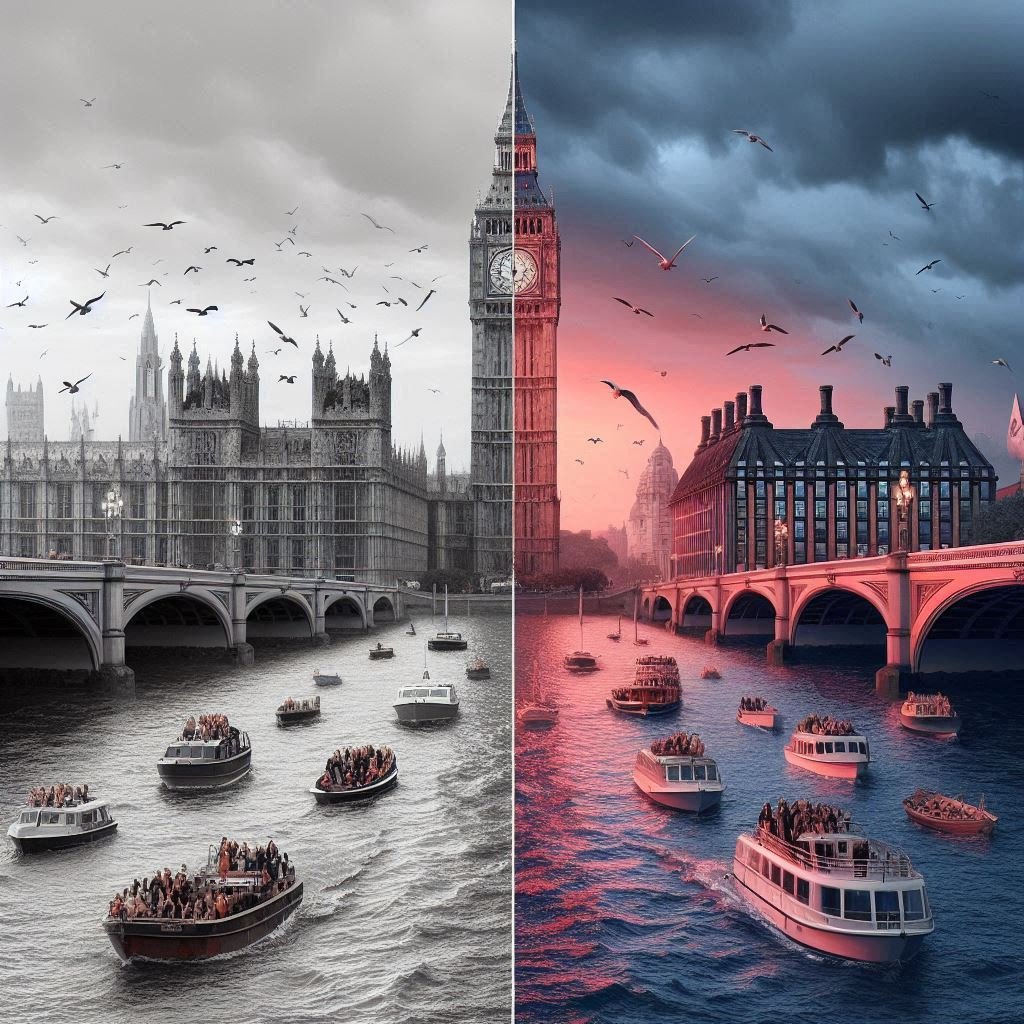
10. Use a Fast Shutter Speed when unsteady or when capturing moving objects: Capturing fast-moving subjects with a high shutter speed prevents motion blur and maintains sharpness.

11. Use a Slow Shutter Speed for motion effects: Create artistic motion effects by using a slow shutter speed, capturing movement in a unique way.

12. Experiment with Depth of Field: Adjusting the aperture to control background blur can emphasize your subject or keep the entire scene in focus.
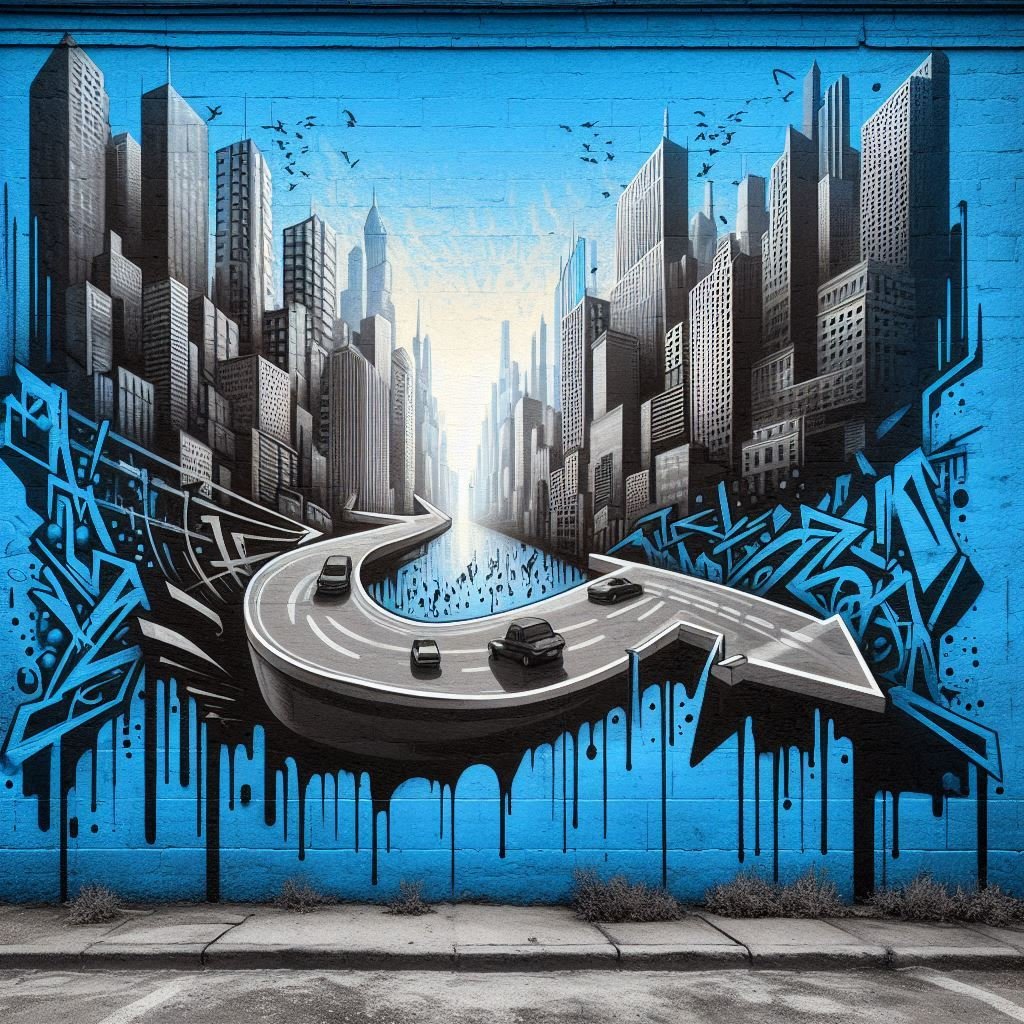
13. Use Flash Sparingly: Overusing flash can create harsh shadows; opt for natural or diffused light for softer, more natural images to achieve softer, more balanced, and realistic images. Flash can overexpose subjects, resulting in unnatural and unflattering photos. It flattens textures and details.
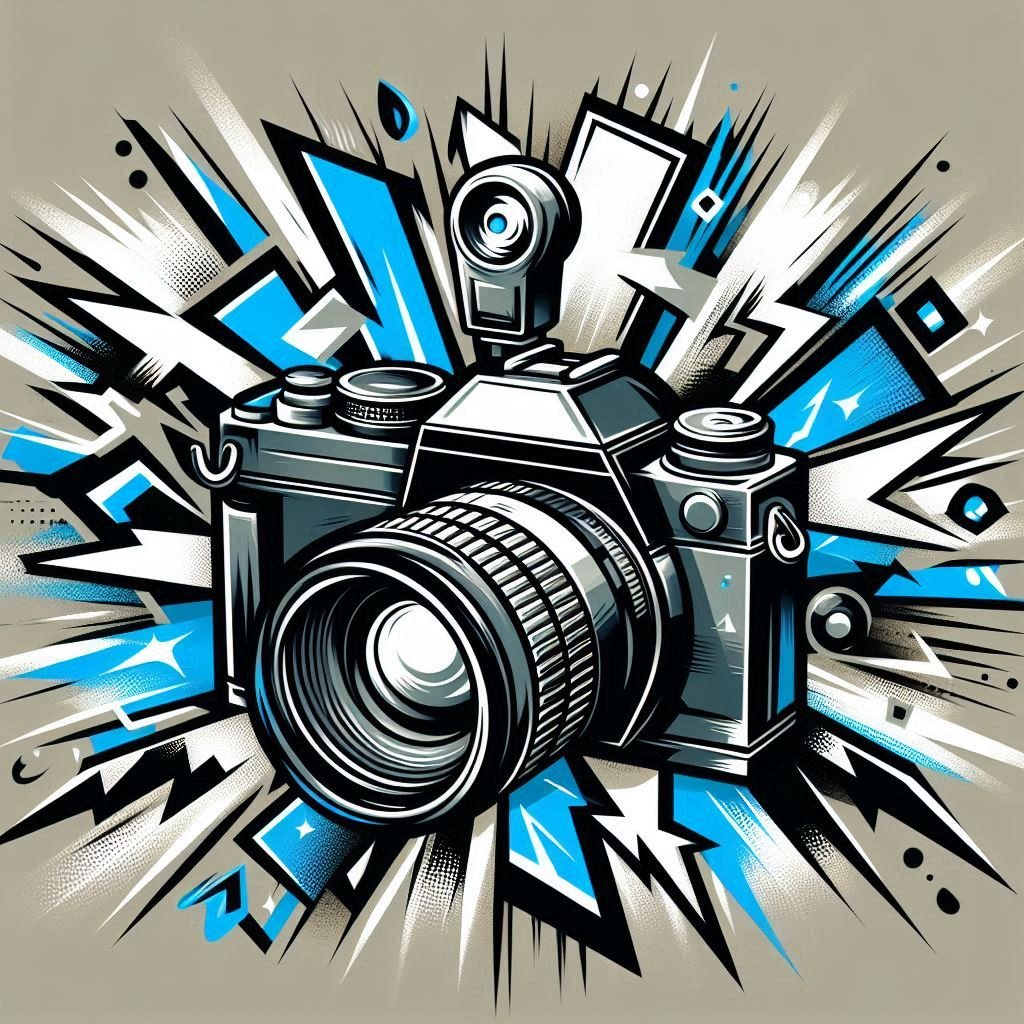
14. Understand White Balance: Correct white balance is essential for photos to have natural and realistic colors. It ensures consistency across images, saves post-processing time, and preserves the intended atmosphere and mood.

15. Shoot in Burst Mode: Taking multiple shots in quick succession increases the likelihood of capturing the perfect moment, especially in action scenes.

16. Use Leading Lines: Incorporating lines in your composition can guide the viewer's eye towards the main subject, enhancing the photo’s impact. "Leading lines" in photography guide the viewer's eye to the main subject using natural or man-made lines. These lines create a visual path, directing attention from the image's foreground to the focal point, adding depth and movement. Examples include roads, rivers, fences, tree branches, building lines, shadows, and patterns. They enhance composition by strategically leading the eye through the scene, resulting in more focused and impactful images.
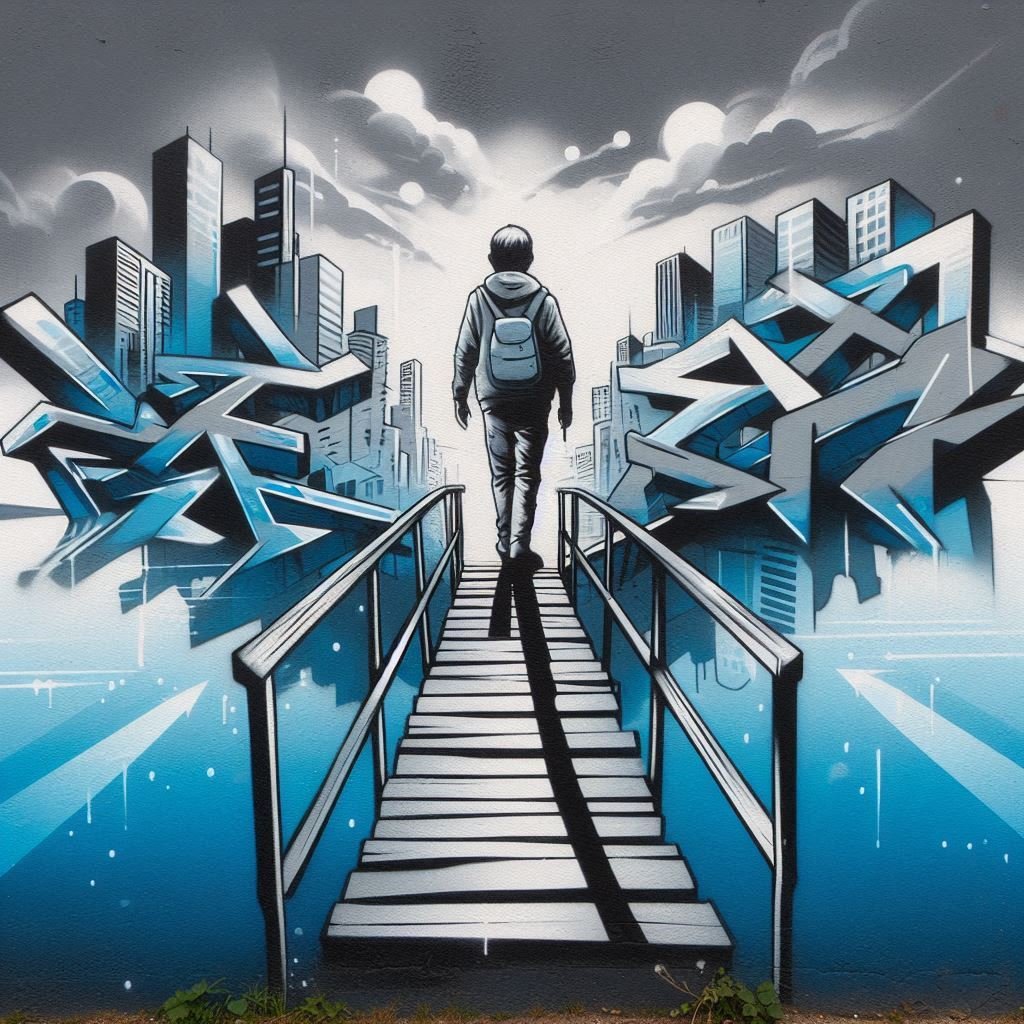
17. Keep It Simple: Avoid clutter in your frame to keep the focus on the main subject, resulting in clean and striking images.

18. Use Negative Space: Allowing for empty space around your subject draws attention to it and creates a balanced composition.

19. Experiment with Composition: Trying different layouts helps you discover the most visually appealing arrangement for your subject. Composition involves the artful arrangement of visual elements within the frame, where a photographer carefully positions objects and lines to craft a striking, harmonious, and captivating image.

20. Use a Wide Aperture for Portraits: A wider aperture blurs the background, making your subject stand out and giving a professional look.
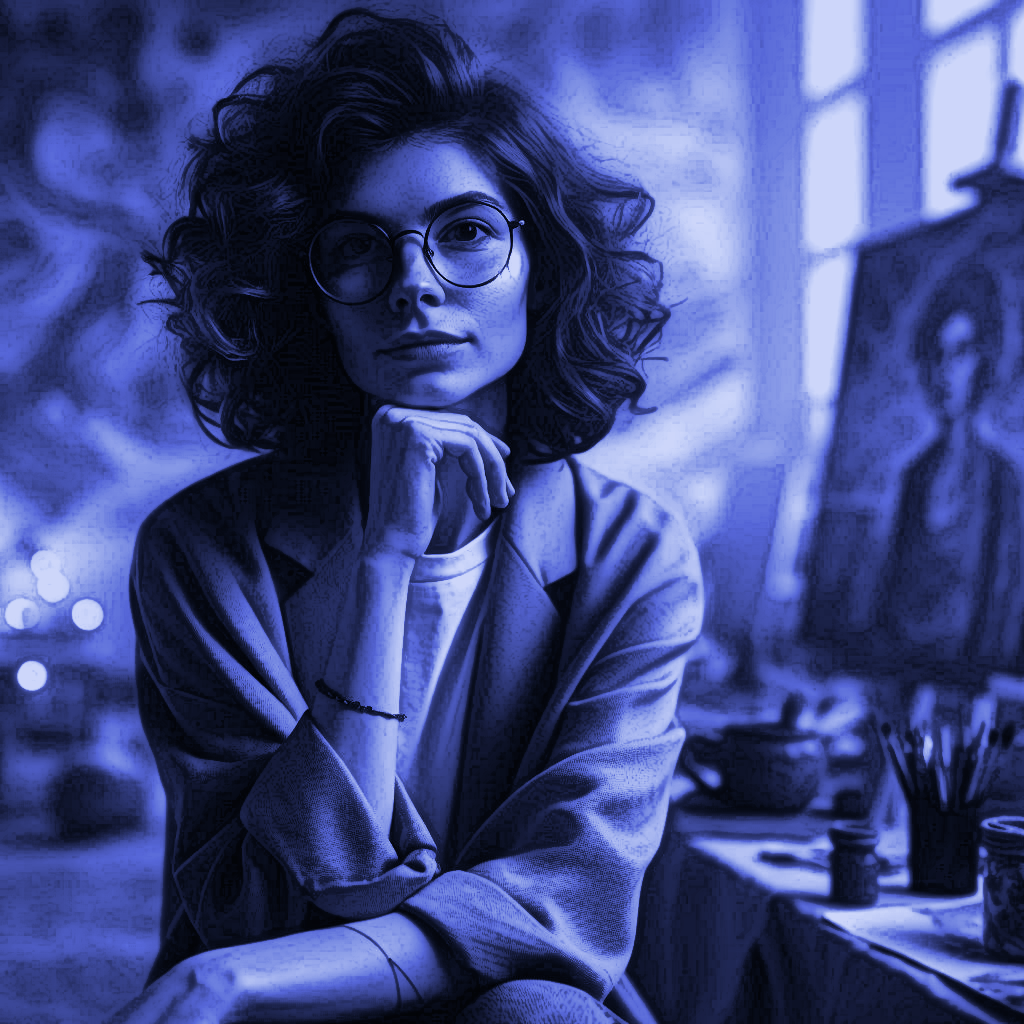
21. Use a Narrow Aperture for Landscapes: A smaller aperture keeps the entire scene in focus, capturing detailed and sharp landscape images.
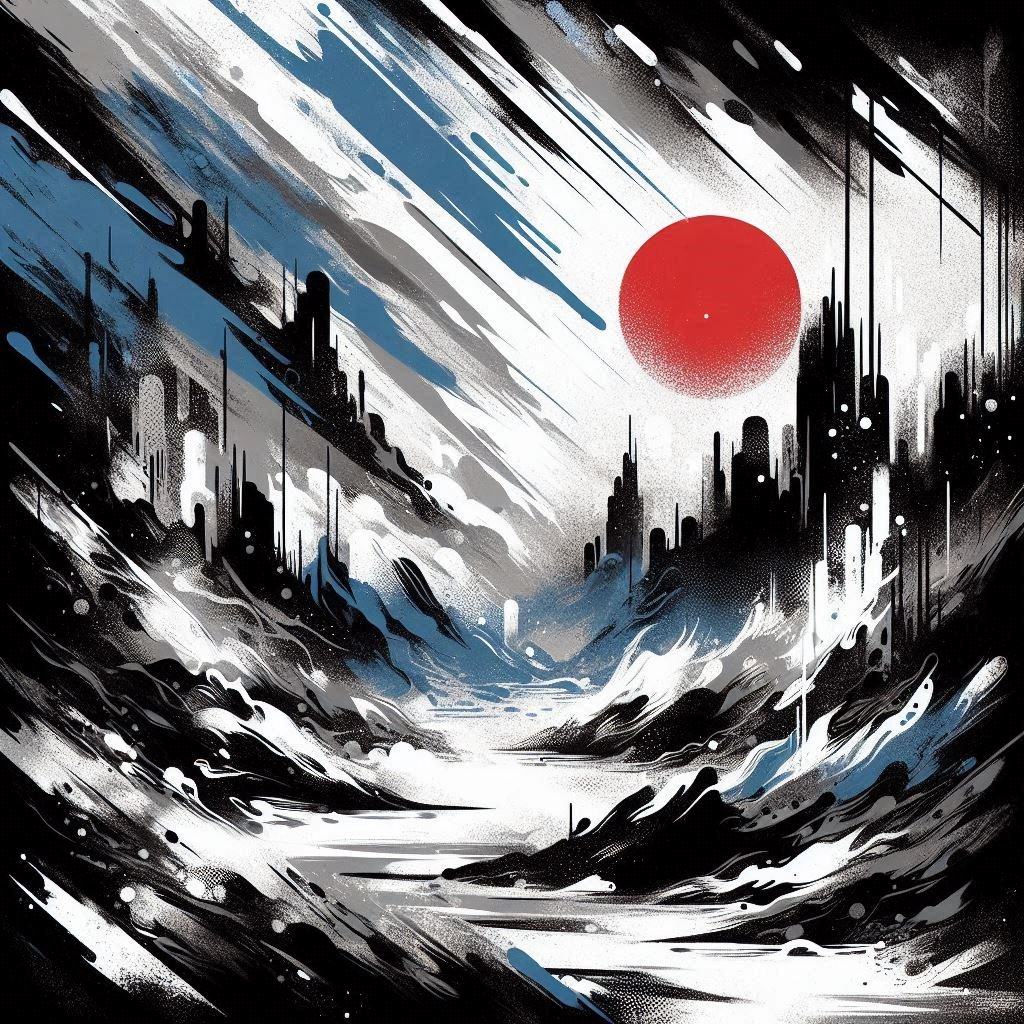
22. Shoot During Golden Hour: The soft, warm light just after sunrise and before sunset enhances the beauty of your photos.

23. Use a Polarizing Filter: Reducing glare and reflections with a polarizing filter enhances colors and clarity in your images.

24. Shoot from Different Heights: Changing your shooting height adds variety and can reveal new, interesting aspects of your subject.
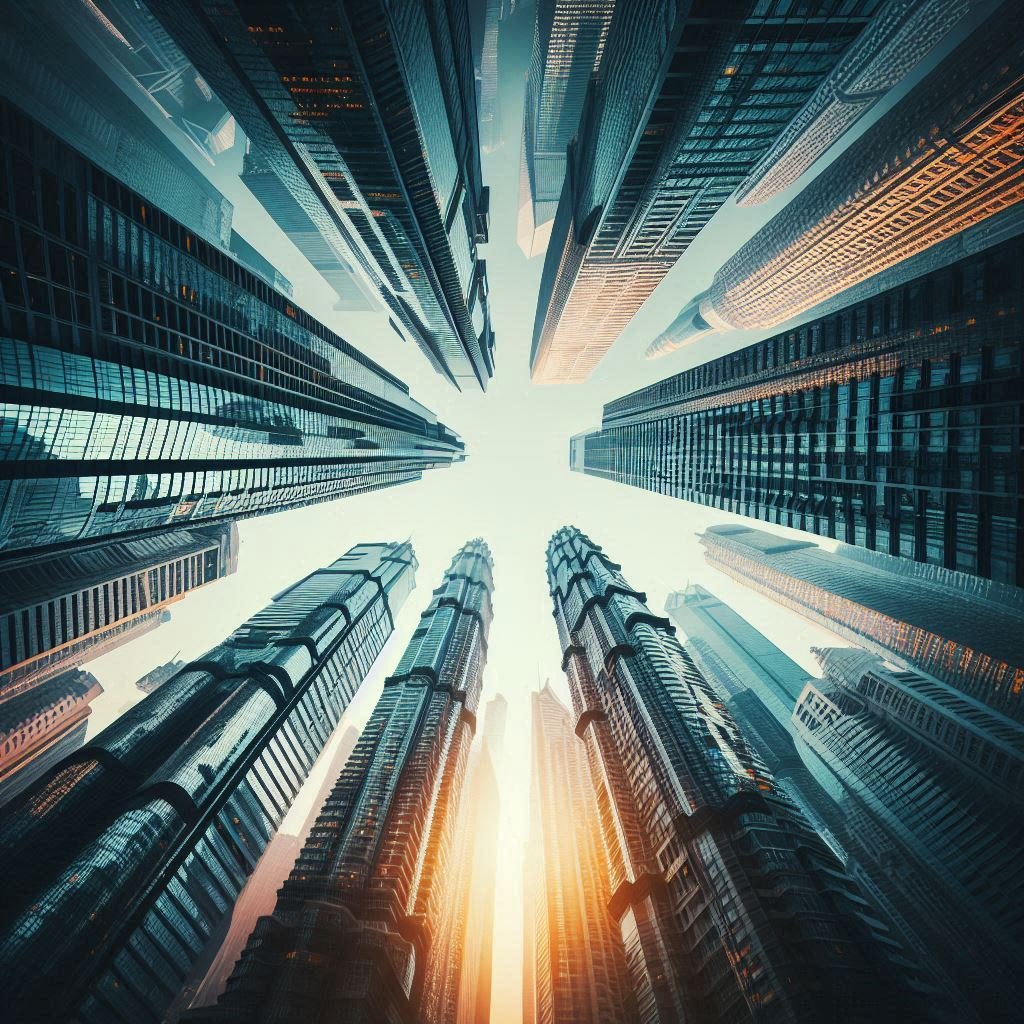
25. Use a Remote Shutter Release: Avoid camera shake by using a remote shutter release, especially when shooting long exposures or on a tripod. A remote shutter release enables photographers to capture images without physically pressing the camera's shutter button. It can be connected to the camera either via a cable or wirelessly.

26. Experiment with Different Lenses: Trying various lenses lets you see how different focal lengths and perspectives affect your images.
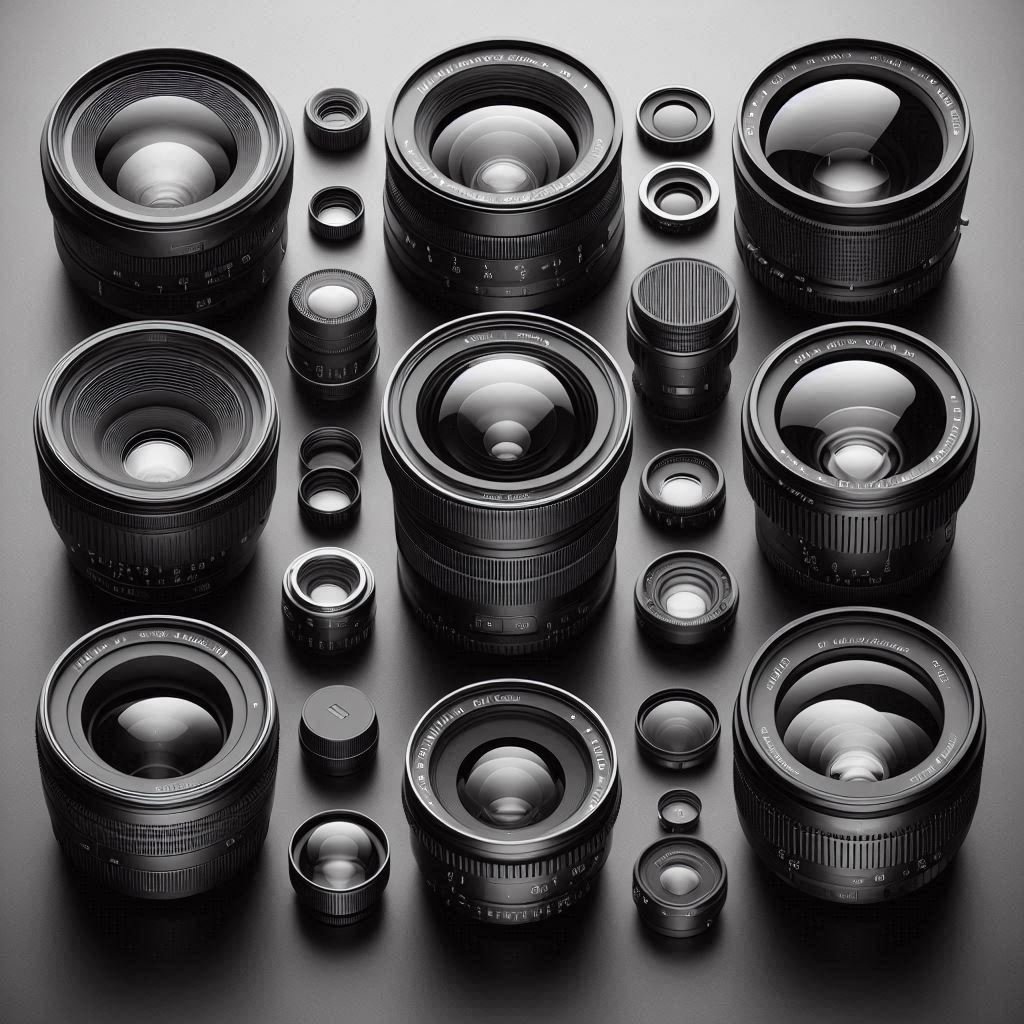
27. Use a Prime Lens: Prime lenses often produce sharper images and perform better in low light compared to zoom lenses. A prime lens has a fixed focal length, meaning it can't zoom, and is known for high image quality, large aperture (better for low-light), and compact size. With a prime lense, photographers must move to adjust the framing instead of zooming.
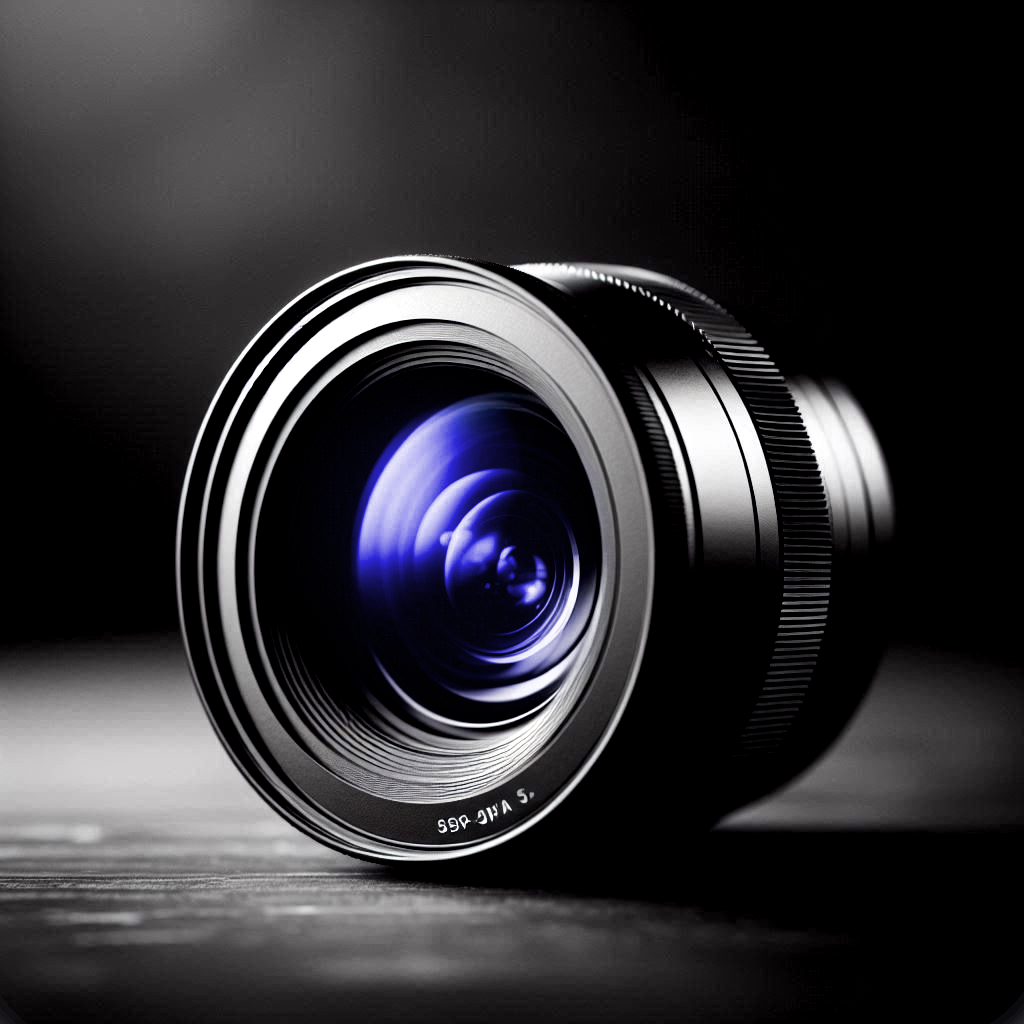
28. Understand ISO: As previously discussed, understanding the exposure triangle is crucial. ISO, being a key component, plays a vital role. Properly using and setting ISO is essential, as it significantly influences the exposure triangle. Adjusting ISO settings allows you to control the camera’s sensitivity to light, ensuring proper exposure in various lighting conditions. So, if you don't learn the exposure triangle, as a minumum learn about ISO.
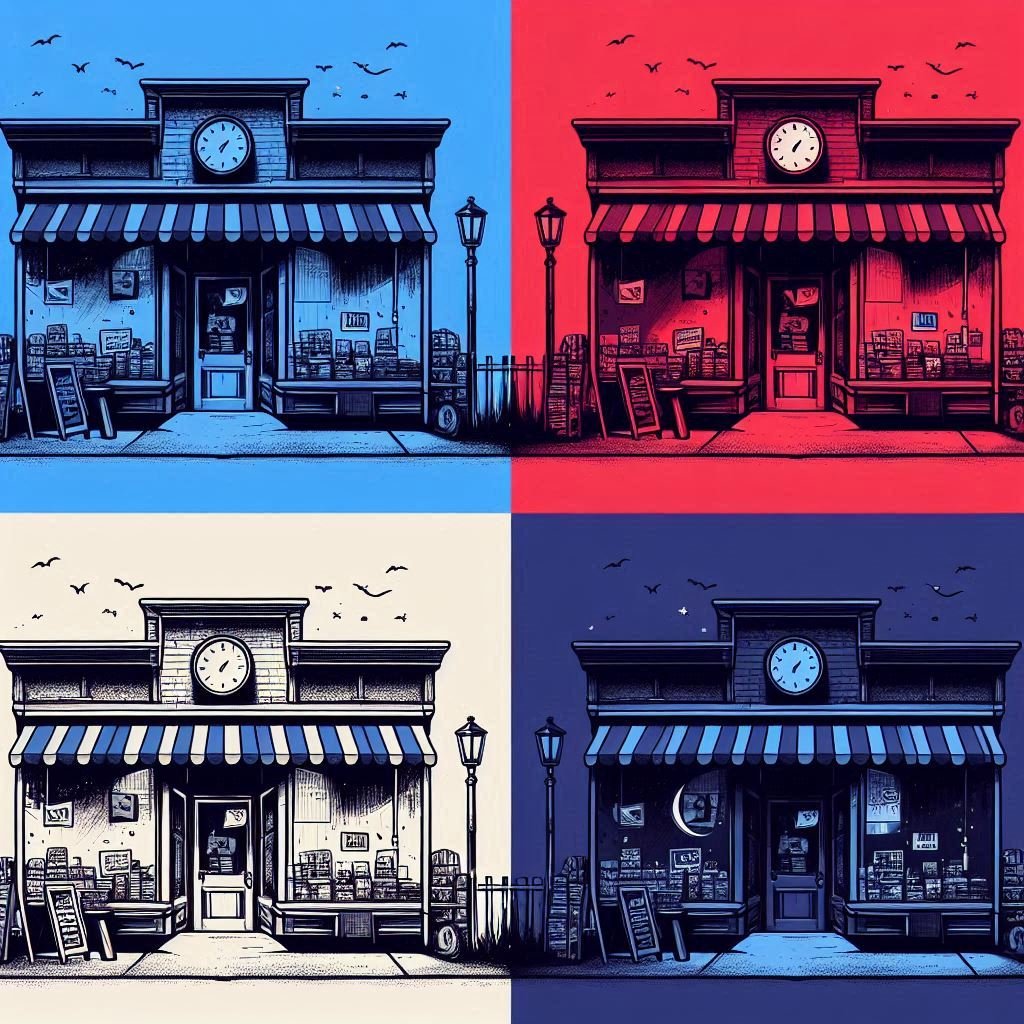
29. Use Backlighting: Backlighting can create dramatic silhouettes and highlights, adding depth and interest to your photos.

30. Shoot in Manual Mode: Manual mode gives you complete control over camera settings, allowing for creative and precise adjustments.
